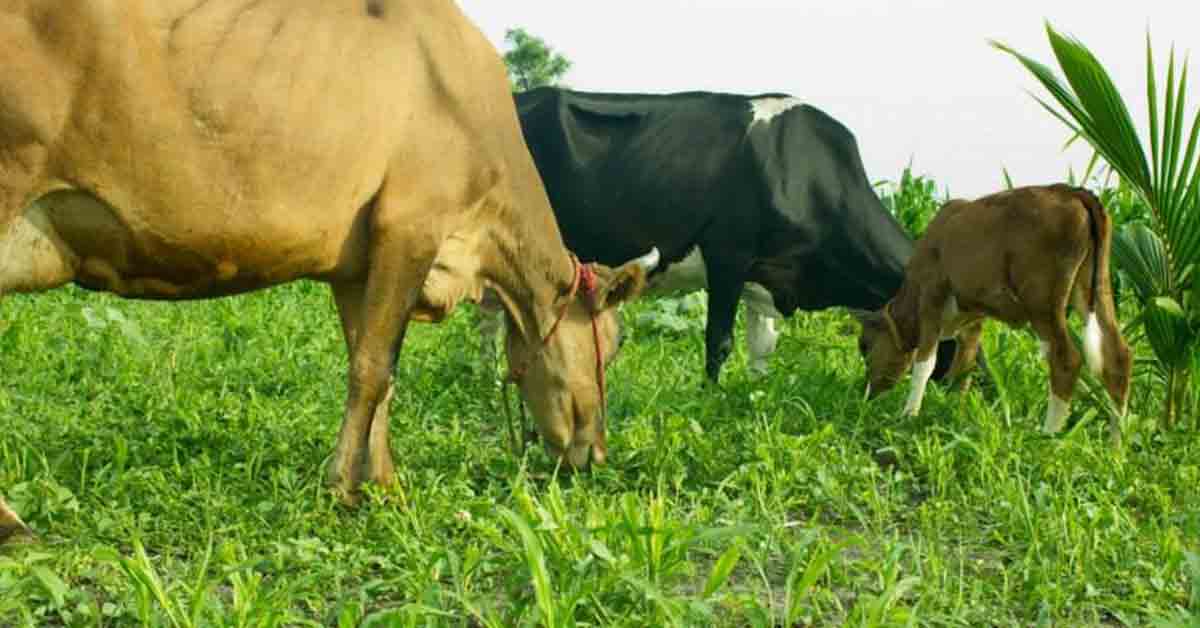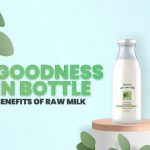Milk and babies are inseparable. Milk is a wholesome food. It is so wholesome that not even water is required for babies until six months of age. But when it comes to milk consumption of children there seems to be a lot of misconceptions. Being a new parent and being a part of the Paal team I learned a lot about this subject in the last few years. This article is a summary of some of the most common misconceptions I came across during these years.
Milk for babies – Yay or Nay?
Let’s start with the most searched questions of modern mothers- “is consuming cow’s milk safe for my baby?”. Once the milk is boiled, it is considered safe to drink. It’s a big Yay for adults and kids above one year of age.
Ok, what about babies below one year of age?
No, cow’s milk is not a natural replacement for the mother’s milk for babies below one year of age. Exclusive breastfeeding is recommended up to 6 months of age. Mother’s milk is the primary food for the babies. As mentioned before, if a mother’s milk is available not even water is needed for the first six months. In the absence or lack of mothers’ feed, it is considered safe to opt for formula milk.
Why not cow’s milk?
One of the primary reasons that cow’s milk is not preferred is because it contains lactose. We need to understand that the baby’s digestive system will still be growing and would not have achieved enough maturity to digest lactose. We highly recommend our customers to use the other by-products of milk like curd, ghee, paneer, as it has already ingested the lactose and hence is considered safe to consume for such small babies.
On the other hand, feeding mothers have to consume at least 2 cups of milk every day, which will not only work as a calcium supplement but will also boost the mother’s milk production.
Is my kid Lactose intolerant?
If your child does not like the taste of the milk it does not mean it is lactose intolerant? The basis for lactose intolerance is the lack of an enzyme called lactase in the small intestine. Those with this condition will not be able to digest the substance called lactose and this can cause some side effects while consuming milk. The ones with this condition are called “lactose intolerant” and the condition is called “lactose intolerance”. Theoretically, you can become lactose intolerant at any point. While it is true that most people show their intolerance to lactose early in life, people can get it in their teenage years, or even in adulthood. As we saw before it is very common for babies under age one. That’s why cow’s milk is not preferred. Some kids above age one and even some adults will also have this condition.
After the age one or after you stop mother’s milk it becomes essential to introduce an alternative source of milk. Milk and dairy products can be important in diversifying the diet. In India, we usually use cow’s milk as a natural alternative. It is very important to introduce the other secondary products of milk, like curd, after 6 months. If you use raw milk the kids will be able to consume milk even without any added sugar. Packet milk or preserved milk will be tough for the kids to consume without sugar or other tastemakers.
Milk is Medicine for Kids?
Milk is definitely not a medicine for kids. As we mentioned before it is just wholesome food. As it contains all the essential nutrients and micronutrients, it becomes an essential food for the growing kids. But of course, milk is used as a base in a lot of home remedies- like the famous “Turmeric and Pepper Milk” to cure dry cough. I bet we all would have benefited from it at least once in our lives.
Too much of anything is a problem. When milk is consumed more it will lead to digestive problems. This is true in the case of adults too. We should consider milk as special food and not as a medicine. It will not help cure anything but it will just help in the growth process of a kid by giving them the necessary proteins, calcium, and other minerals.
Know about pasteurization & Homogenization!
Why? Pasteurization is a process of drastically heating and cooling milk to get rid of the harmful bacteria. But the same process changes the molecular structure of milk which in turn can cause adverse effects upon consumption. Also as mentioned before, it will largely affect the natural taste of the milk and kids hate it.
Homogenization is a process of breaking down the fat globules of milk and distributing the cream evenly across the milk. This, in turn, increases shelf-life as it stops milk from curdling easily. It is said that as the fat globules are broken down in the process, it should be easy for the body to ingest it. But our question is that why should we digest more fat globules? Our Body knows the limit, and less is good! Just boiled milk is good enough! Also, during these processes, the original cream is removed and only artificial fats and vegetable fats are spread across the milk.
When boiled the fat gets naturally separated from raw milk and floats on top which is called as cream or malai. This is easily separated and stored and converted to curd and then whisked to separate the butter from it. This process leads to the separation of whey as buttermilk and makes consumption of each and every element of milk at its best possible state of consumption. Which is the beauty of our traditional methods and usage!!!
To summarise here are our recommendations,
- Avoid Cow’s milk and try giving only mother’s milk as much as possible until age one. Alternatively, go for formula milk.
- After age one, boiled raw cow’s milk is recommended.
- Consume unprocessed milk and fresh milk as much as possible depending upon the availability.
Resources:
http://www.fao.org/fileadmin/user_upload/newsroom/docs/Milk%20and%20Dairy%20Q&A.pdf
https://www.babycenter.com/0_cows-milk-when-and-how-to-introduce-it_1334703.bc
https://www.aaaai.org/conditions-and-treatments/conditions-dictionary/lactose-intolerance









Leave a Reply